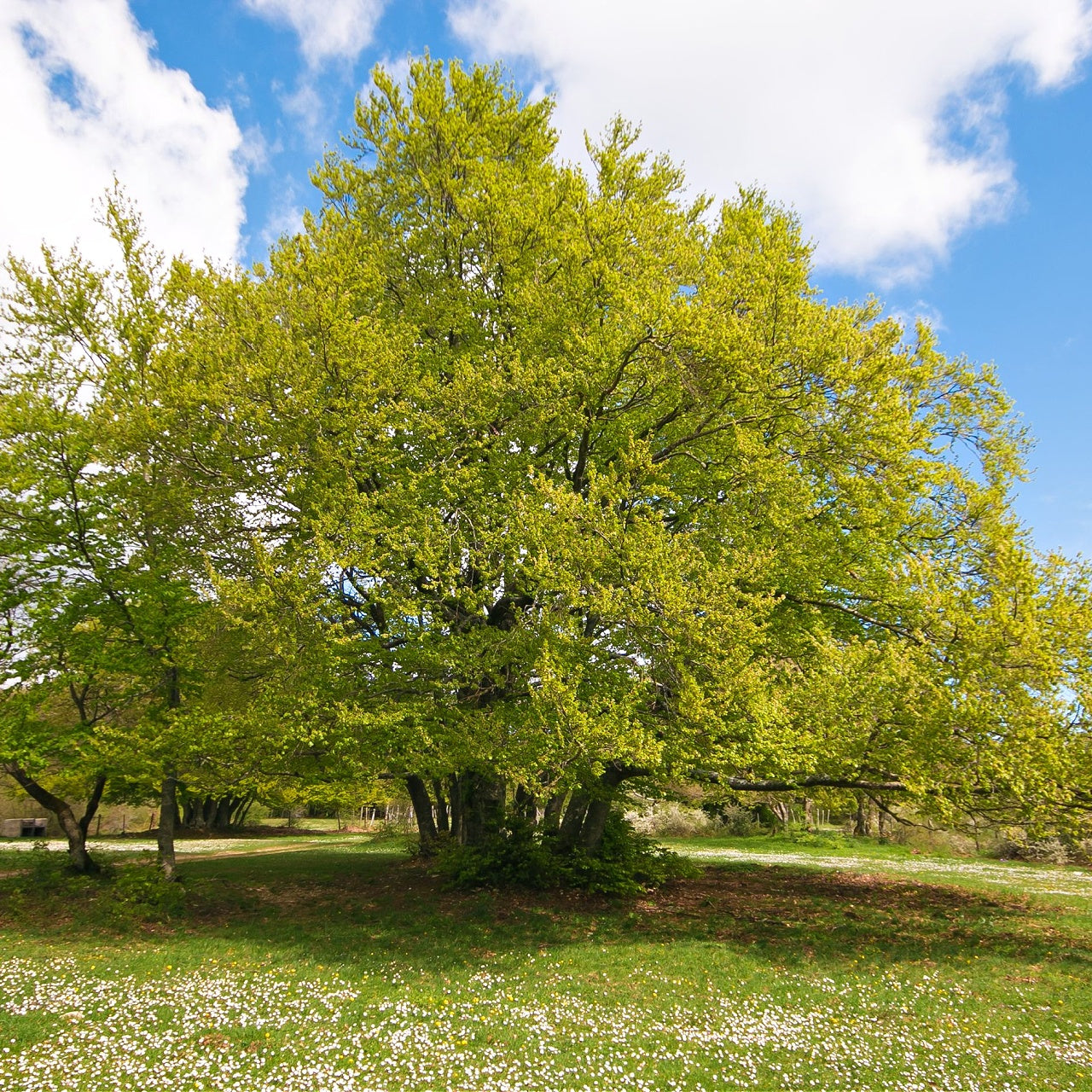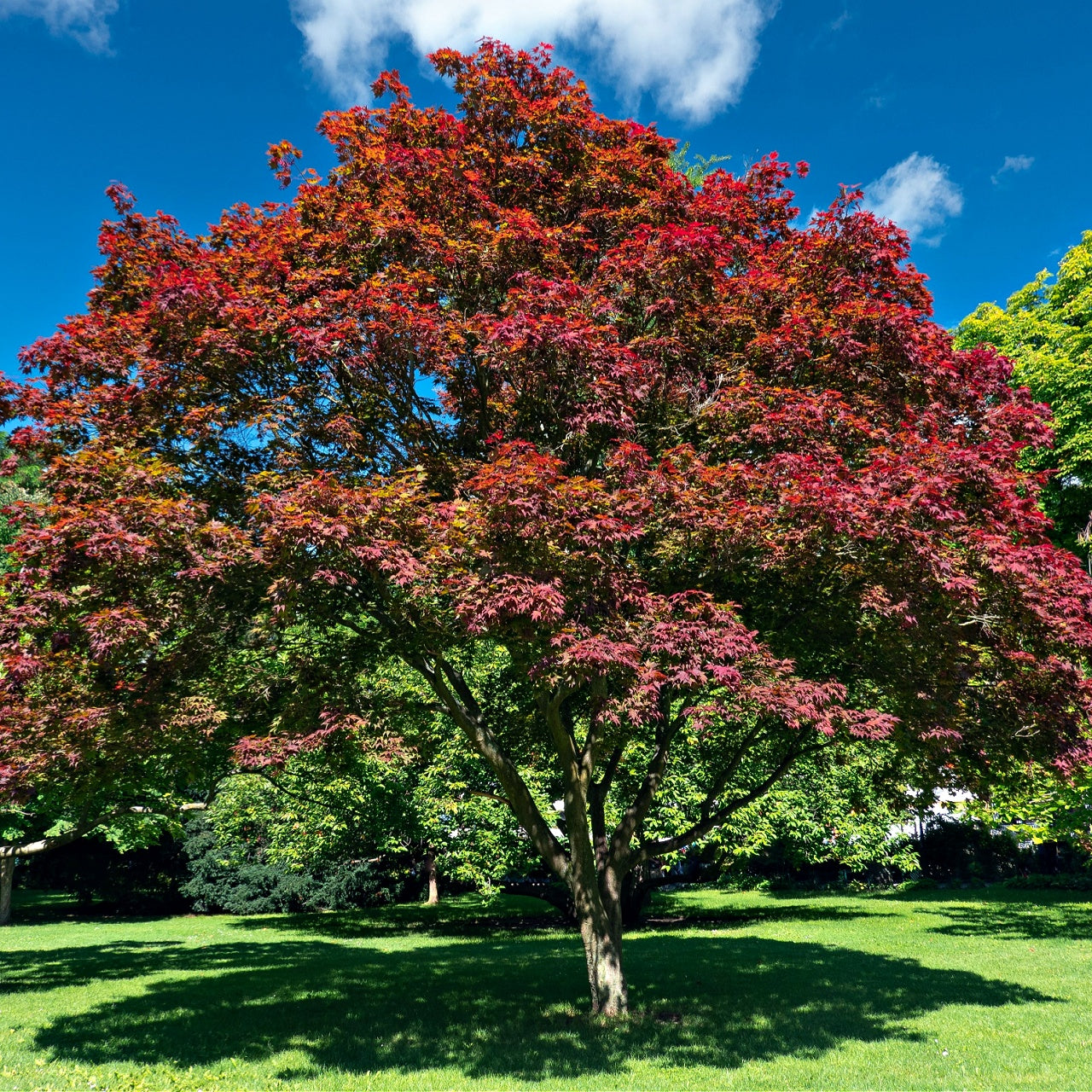
Sweet Violet Plant
Sweet Violet Plant
Sweet Violet Plant Description
The sweet violet (Viola odorata) is a hardy perennial known for its fragrant flowers. The plants grow best in moist, well-drained soil and can be grown in full or partial shade. Violets come in various colors, such as purple, white, etc. They are popular in flower arrangements and make excellent ground covers or border plants.Description
Sweet violet is a small, compact perennial that spreads outward to form dense mats. The fresh green leaves are heart-shaped and finely textured with scalloped edges. Sweet violet flowers bloom in spring or early summer and come in white, purple, pink, yellow, or blue hues.
The sweet violet plant benefits woodlands by tolerating full shade and not competing with delicate plants beneath the canopy. It is commonly found growing beneath maple trees, beech, hawthorn, oak, sycamore, and walnut, providing plenty of moisture during dry weather.
Sweet violets are low-maintenance perennials that create dense colonies across North America. People prize them for their flowers, ranging from white to purple, with dark spots or blotches on each petal.
How to Grow Sweet Violet Plant
You can grow sweet violet plants from seeds or by dividing existing plants. They are hardy in zones 3-8 and require moist, well-drained, slightly acidic soil (a pH of 6.0 to 6.5). Avoid placing the plant in wet areas, where it may succumb to root rot or fungal problems such as leaf spots.
It would help if you sowed viola odorata in early spring every year, as flowering plants produce the most fragrant flowers. For maximum coverage, once the seeds sprout, plant them about 1/2" deep and 2" apart in rows 18" apart. Avoid weeding or disturbing the surrounding soil to avoid competition for light and nutrients.
Viola odorata blooms slowly in the spring and may bloom in mid-summer, when it continues until fall. Sweet violet flowers are popular in flower arrangements, but you should harvest them when they open to prevent them from becoming wilted or damaged.
Caring for Sweet Violet Plant
When caring for this plant in the garden or landscape, you should plant it in medium to wet, well-drained soil. They thrive in a partially sunny location but can tolerate full sun if you keep them moist. This plant is not drought tolerant, so avoid prolonged periods of drought when it will flower less frequently. Sweet violets can also be grown in slightly raised garden beds.
Uses of Sweet Violet Plant
The sweet violet plant is a lovely flower with numerous applications. Some of these applications include:
· Making tea to aid in respiratory problems.
· Use the leaves to soothe skin irritations or sunburns in a bath.
· Use the leaves to make a poultice to help relieve chest congestion or other digestive issues.
· People used in the production of perfumes in Ancient Greece and Rome.
· You can use the roots of the sweet violet plant to make purple dye.
· Some cultures use this flower for spiritual cleansing (purification) and prophecy (perceiving things occurring far away).
· It is a natural aspirin that people use to treat pain and fever.
Bottom Line
Sweet violets grow best in full shade, where they flower more frequently than if planted in full sun. This type of ground cover is helpful as a border or ground-covering plant. It grows densely with finely textured leaves that spread over time to form a solid mat that does not require constant weeding or care.
Products from the Article







